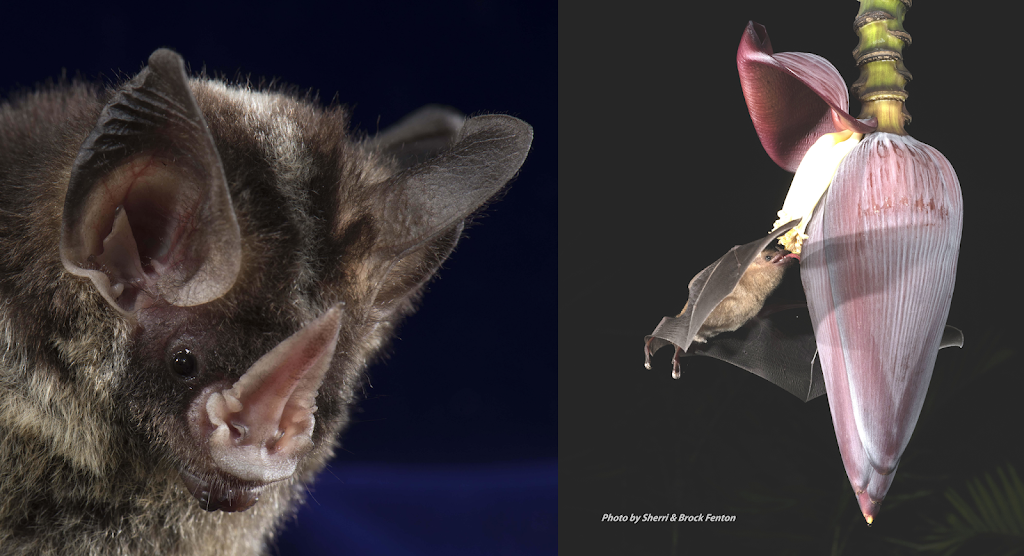Killing Bats Won’t Help Prevent Disease, But Here’s What Will
Many people are under the impression that all bats carry diseases that could pose threats to humans. This concern has recently increased because a virus hosted by one bat species seems to be a distant relative of SARS-CoV2. There have been many studies suggesting that because of their ability to fly, unique immune systems, and colonial nature, bats are special reservoirs for zoonotic pathogens— organisms that cause disease and are naturally transmitted between animals and humans. However, a recent study showed that when we account for species richness (i.e. the number of species in an evolutionary group), bats are no more likely to transmit zoonotic viruses than other groups of mammals. In other words, it is likely there are many viruses hosted by bats simply because there are many species of bats, not because they are more inherently dangerous to humans than other groups of mammals. Although this may not sound very comforting given that the world is dealing with a deadly virus, killing bats is not the solution to preventing outbreaks of zoonotic diseases.
Can we prevent a future outbreak by reducing bat populations that might host viruses? There is no evidence that bat culls prevent or diminish disease transmission. In fact, we might produce the opposite effect. For example, attempts to reduce vampire bat colonies in Peru resulted in higher rabies transmission in the bats left behind because culls skewed populations towards juveniles (which are more likely to transmit rabies). Similarly, putting bats in peril of extinction may further increase the number of viruses they can host. Some bats considered Near Threatened or Vulnerable by the International Union for the Conservation of Nature (IUCN) had higher viral richness than bats considered of Least Concern. Based on all currently available evidence, killing bats does not have any benefit for disease management.
Bats provide more benefits to our everyday lives than we can imagine, and decreasing their populations would have rippling effects on agriculture and natural ecosystems. Bats provide millions of dollars in free pest control services all over the world and pollinate many plants cultivated by humans, including tequila agaves, mangos, and durians. Bats can also help us in the fight against global deforestation and climate change by dispersing seeds and helping to regenerate the rainforests. Losing bats would hurt humans more than it could ever protect us, so in order to protect ourselves, we need to realize the value of protecting bats.
So how can we prevent new pathogen spillovers from bats to humans? Part of the answer lies in changing our own behaviors and the ways we interact with the natural world. One way we can change behaviors is by providing people with accurate, consistent information about avoiding contact with disease reservoirs. Since all vertebrates naturally host viruses and bacteria, avoiding situations where pathogens might be amplified or transferred is most important. In the case of hantavirus, a serious respiratory illness transmitted by rodents, disease transmission has been curbed through educational outreach encouraging people to avoid rodent urine and refrain from sweeping in areas with rodent droppings, since sweeping causes viral particles to become airborne. The number of viruses circulating in bat populations may even be influenced by outside factors including many human activities. For example, deforestation and the presence of humans in Western and Central Africa have been linked to the occurrence of fruit bats that tested positive for Ebola virus antibodies. These regions overlap with known Ebola outbreak areas, suggesting that the more humans encroach on bat habitats, the higher the risk for viral spillovers. To prevent the next pandemic, we need to take decisive action to stop encroaching on wild spaces and protect more lands and habitats. Actions forming and preserving natural and artificial buffers between humans and wildlife will be critical to protecting human health as well as wildlife health.


